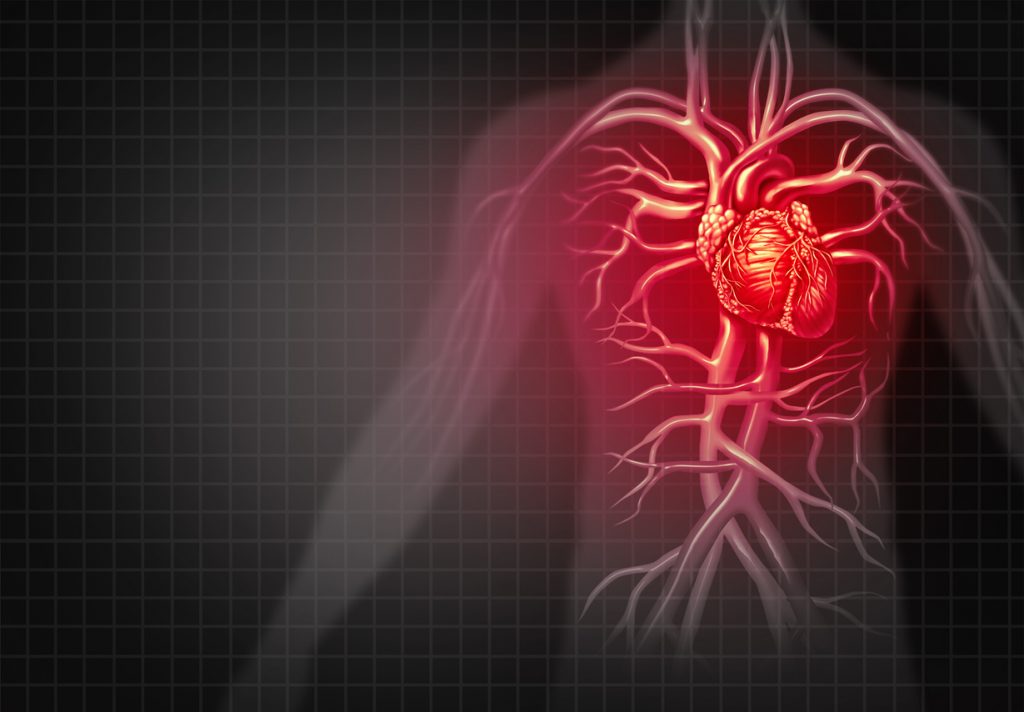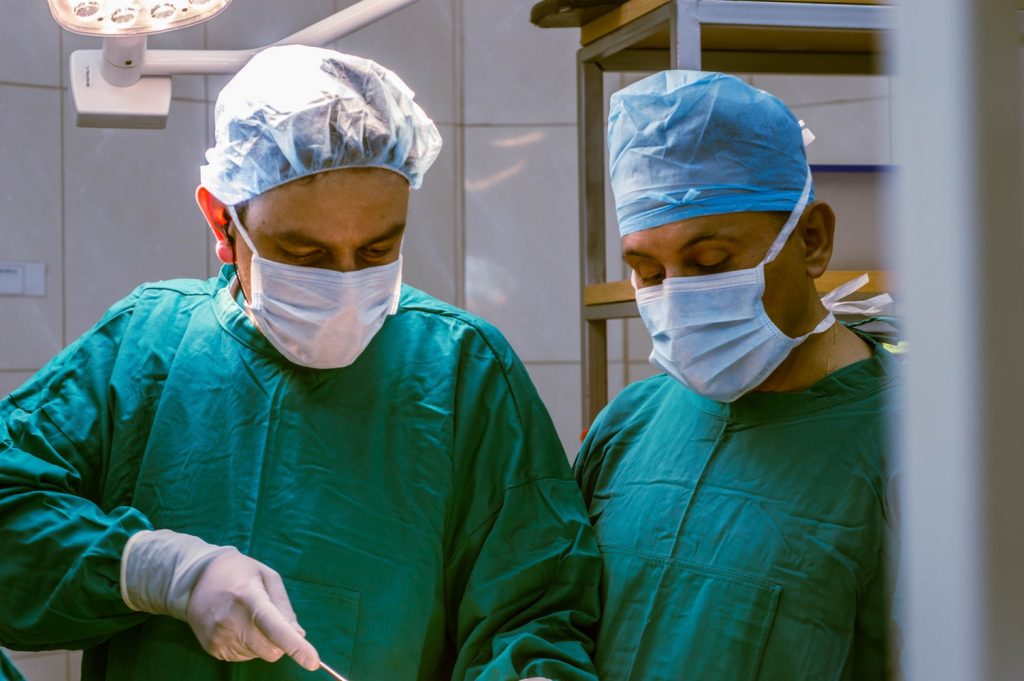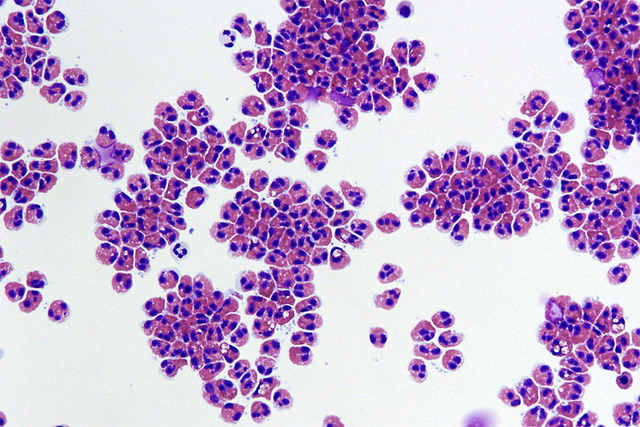This study will investigate the causes of acute and chronic rejection of transplanted hearts. To find better ways to detect, treat and possibly prevent heart transplant rejection, more information about the cause is needed. Acute and chronic heart transplant rejection may be caused by certain substances the body produces in response to the new heart. This study will try to find a blood or urine test that detects genes and proteins that can serve as markers of rejection. Such a test may lead to earlier detection and improved treatment.
Official Title
Acute Cardiac Allograft Cellular Rejection and Cardiac Allograft Vasculopathy: Identification of Diagnostic Biomarkers and Target Pathways for Preventive Therapy
Conditions
– Heart Transplantation
Study Type
Observational
Study Design
Natural History
Further Details
Patients between 18 and 65 years of age who are on a wait list for heart transplant at a UNOS-approved heart transplant center, whose institutional review board has approved this protocol, may be eligible for this study. Healthy volunteers will also be included in the study to establish a database of normal values for comparison with patients undergoing heart transplant. In addition, patients who have had a heart transplant within the past 1 to 5 years will be enrolled in a pilot study. Normal volunteers will be screened for participation with an electrocardiogram (EKG) and echocardiogram, non-invasive tests to evaluate heart function. Participants will undergo the following procedures:- Review of medical records – Patients who have had a heart transplant and those on a wait list to receive a heart will have their medical records reviewed to collect information on their condition. – Blood samples – 60 cc (about 3 tablespoons) of blood will be collected from all participants by needle stick in a vein. The sample will be analyzed for genes and proteins that might predict heart rejection. In addition, many genes in blood cells and cells lining blood vessels that are unrelated to heart transplant rejection and whose functions or significance are unknown will also be examined for ideas for future research. Patients enrolled while on a wait list will, after transplantation, have an additional 44 cc (about 2 tablespoons) of blood collected at each heart biopsy and rejection episode during the first year of transplant, and 60 cc collected with each yearly biopsy for the next 9 years. – Urine samples – Between 100 and 300 cc (3 to 10 ounces) of urine may be collected from all participants to confirm blood test results Cardiac transplantation has been successful in improving survival in end stage heart failure. But graft rejection has limited survival after transplantation. In the first year, acute cellular rejection and infection remain the most common causes of morbidity and mortality. Afterwards, cardiac allograft vasculopathy (CAV), as a result of chronic vascular rejection, is the major cause of morbidity and mortality. Within the first year post-transplantation, almost two-thirds of recipients will experience at least one rejection episode. At five years post-transplantation, nearly 50% of survivors will have CAV. Clinically, the symptoms of acute rejection are relatively nonspecific (fatigue, dyspnea, fever). Most CAV patients remain asymptomatic until they develop serious problems such as myocardial infarction, heart failure, ventricular dysrhythmias or sudden cardiac death. Presently, the gold standard for diagnosing acute cardiac allograft rejection is right ventricular endomyocardial biopsy. This is an invasive method of diagnosis subject to morbidity and random sampling and interpretation error. Likewise, the gold standard for diagnosing CAV is cardiac catheterization with intravascular ultrasound, an invasive procedure also subject to morbidity. Noninvasive methods such as electrocardiography, echocardiography, and nuclear studies all have been studied, but have been unsuccessful, thus far, for either condition. Peripheral blood evaluations of cytokines and cytoimmunologic markers have also been unsuccessful in either condition. This clinical trial studies the feasibility of using functional genomics and proteomics to identify genes and proteins respectively that can serve as reliable biomarkers of acute cardiac cellular rejection and CAV. We plan to recruit subjects from Inova Transplant Center at Fairfax Hospital who are on the transplant waiting list. We will analyze the blood of these patients pre-transplant and serially post-transplant over one year and then regularly on a yearly basis. By correlating putative biomarkers with clinical, histological, and imaging based evidence of allograft disease we hope to build a database comprised of functional genomics, cytokine, cytoimmunologic and proteomics data relevant to the immunologic relationship between the donor organ and recipient. With this database we hope to obtain a minimal subset of differentially expressed genes, cytokines, cytoimmunologic and protein change profiles that is most predictive of both acute allograft rejection and CAV. This will eventually serve as the basis for a diagnostic blood test. Thus, with the application of functional genomics, cytokine, and cytoimmunologic analysis and proteomics we hope to derive a noninvasive method to detect both acute cellular cardiac allograft rejection and CAV, thereby minimizing the need for invasive methods of diagnosis. Further better understanding the genetic programs triggered and protein changes induced during rejection may lead to the identification of target pathways for developing new therapeutic approaches aimed at prevention.
Study Start
Eligibility & Criteria
Genders Eligible for Study: Both Accepts Healthy VolunteersCriteria INCLUSION CRITERIA – for Transplant Patients:Adult heart transplant center generally accepts patients within the physiologic age range of 12 to 65 years old, however, for our study heart transplant patients must be between 18 and 65 years of age.Indication for cardiac transplantation as outlined by the 24th Bethesda Conference on Cardiac Transplantation. These are as follows:-Peak VO(2) less than 10 ml/kg per minute or less than 50% of maximal predicted VO(2) with achievement of anaerobic metabolism.-Severe cardiac ischemia consistently limiting routine activity not amenable to surgical or percutaneous revascularization.-Recurrent symptomatic ventricular arrhythmias refractory to all accepted therapeutic modalities.EXCLUSION CRITERIA – for Transplant Patients:Adult heart transplant centers exclude infants, toddlers, and children with a physiologic age less than 12, and adults with advanced physiologic age (less than 65), however, for our study we will exclude heart transplant patients less than 18 years of age.The final decision to exclude a candidate from cardiac transplantation will be made by the hospital’s heart transplant committee. The committee uses, as a guideline, the criteria outlined in the 24th Bethesda conference.INCLUSION CRITERIA – for Control Subjects:Any healthy normal man or women who is the appropriate age and gender for matching to a transplant patient.EXCLUSION CRITERIA – For Control Subjects:Abnormal EKGAbnormal echocardiogramCurrently taking any prescribed medicationsTotal tobacco use for greater than one month over the last 10 yearsSymptoms of coronary or cardiac insufficiencyMore than one major risk factor for coronary artery disease excluding gender or ageConfirmed intrauterine pregnancy in women
Total Enrolment
100
Contact Details
[1] Warren G Magnuson Clinical Center (CC)
All content and media on the HealthEngine Blog is created and published online for informational purposes only. It is not intended to be a substitute for professional medical advice and should not be relied on as health or personal advice. Always seek the guidance of your doctor or other qualified health professional with any questions you may have regarding your health or a medical condition. Never disregard the advice of a medical professional, or delay in seeking it because of something you have read on this Website. If you think you may have a medical emergency, call your doctor, go to the nearest hospital emergency department, or call the emergency services immediately.







